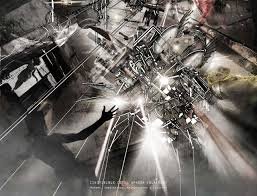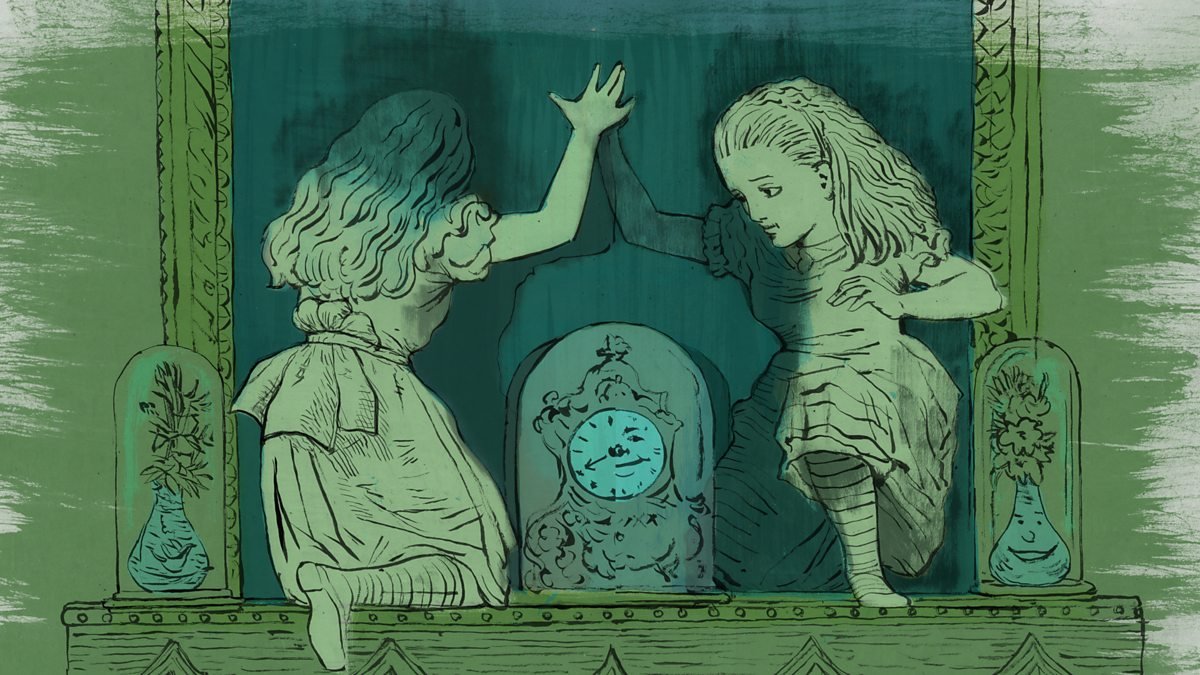There is a silence that does not soothe but consumes. It does not come with despair or tears, but with a weightless absence — a stillness that renders all things equally hollow. In modern psychiatry, it often appears as a clinical riddle: patients speak not of sadness, not of panic, but of nothingness. “I feel empty,” they say, not as metaphor but as diagnosis. This is not depression in the chemical sense, nor anxiety in the behavioral sense. It is the quiet implosion of meaning — what might be called the Emptiness Syndrome, the signature pathology of our century.
At first glance, nothing seems wrong. The patient functions. They eat, work, talk, scroll. Yet each act feels detached, performed behind glass. The world continues, but the self no longer participates. Life becomes a movie without sound. It is not that emotion is missing, but that it has lost gravity. Things happen, but they no longer matter. This numbness is not peace — it is the suspension of significance, the anesthesia of being. The mind perceives without belonging.
Neuroscience describes meaning as a rhythm among brain networks: the default mode, the salience system, the circuits that link past, present, and future into a narrative of self. When this rhythm collapses, consciousness loses its continuity. The self no longer feels like a story unfolding through time, but a static awareness hovering over fragments. Neurochemistry may mimic this through serotonin imbalance or dopamine flattening, but medication rarely reaches the core. The void is not biochemical; it is ontological. Meaning is a bridge between brain and world — and when it falls, the mind drifts untethered.
The cultural background of this void is unmistakable. We live in an age that offers everything except depth. Connection is instant but impersonal, communication constant but contentless. The modern self is endlessly visible yet scarcely present. Existence has become performance; emotion has become data. We have replaced intimacy with interfaces, reflection with distraction. The individual is overloaded with stimulation but starved of significance. In such a climate, emptiness is not failure — it is adaptation. It is the psyche’s quiet rebellion against the unbearable excess of surfaces.
Existential philosophers once treated anxiety as a sacred revelation — the moment consciousness perceives its own freedom and the absurdity of existence. Kierkegaard called it “the dizziness of freedom,” Heidegger “the nothing that reveals Being.” But where the twentieth century saw this confrontation as awakening, the twenty-first experiences it as pathology. We no longer face nothingness with wonder; we drown in it with exhaustion. We have lost our metaphysical tolerance — our capacity to live without predesigned meaning. We have forgotten how to sit in silence.
Clinically, emptiness feels like time without movement. The future no longer opens forward; it collapses into an eternal present of repetition. The patient wakes, works, and sleeps in perfect mechanical order — yet every tomorrow feels identical. There is no anticipation, no longing, no texture. Even pain would be a relief, because pain confirms existence. The absence of pain, paradoxically, becomes unbearable. This is not the melancholy of loss but the transparency of being unseen, untouched, unanchored. It is not that life is cruel — it is that life feels weightless.
And yet, beneath the numbness, the body remembers what the mind has forgotten. The pulse quickens at night; the stomach knots without cause. Anxiety returns as the shadow of emptiness — a biological protest against meaninglessness. The organism still longs to connect, even when the self has stopped believing. The tension between detached awareness and embodied hunger becomes the new form of suffering: a thinking body, a feeling mind, each out of sync.
From a psychodynamic view, this emptiness marks the endpoint of narcissistic collapse — when the self, once inflated by ambition, comparison, and image, deflates into hollowness. The ego, stripped of authentic contact, discovers that its mirror reflections cannot love it back. The inner voice grows faint, the outer world loses color. The death drive whispers not destruction but erasure — a longing for silence deep enough to stop the noise of self-consciousness. Yet most who live in this void do not want to die; they want to feel real again. They long for a moment of unmediated aliveness — something raw, unfiltered, unmanufactured.
Therapy, in such cases, cannot be mechanical. It becomes a form of existential midwifery — helping the patient give birth to meaning in a vacuum. The psychiatrist must stop trying to fill the emptiness and instead help the patient enter it. For only in direct confrontation with the void can transformation occur. The first task is to stay, to listen, to let silence become a teacher. Gradually, a subtle awareness emerges: the emptiness is not dead, it is open. Beneath the absence lies space — vast, patient, and strangely alive.
In this stage, the void shifts from enemy to landscape. The patient begins to notice details once invisible: the faint hum of light, the rhythm of breath, the way dust moves in sunlight. Each perception becomes a thread back into the world. Meaning returns not as revelation, but as attention. It is no longer about finding cosmic purpose, but learning to dwell fully in immediacy. The void becomes a teacher of presence. Healing here is not recovery but creation — the crafting of significance where none was given. The patient becomes artist rather than survivor.
Culturally, this insight echoes ancient traditions. In Buddhist psychology, śūnyatā — emptiness — is not a void to be feared, but a space of infinite potential. To be empty is to be free from fixation, open to transformation. Western psychiatry, having pathologized silence for a century, is only now rediscovering this wisdom. Mindfulness, existential therapy, and even psychedelic research point to the same realization: what we call emptiness may be the ground of consciousness itself. When we stop running from it, it begins to reveal its light.
Perhaps the Emptiness Syndrome is not the end of meaning but its beginning — a transitional phase in the evolution of awareness. Humanity, having exhausted inherited sources of purpose — religion, ideology, progress — must now face the terrifying freedom of inventing its own. The emptiness is our collective initiation. It asks us to grow from believers into creators, from patients into poets of existence. The task of psychiatry, then, is not to restore the past but to help birth a new ontology — one in which meaning is not found but made.
The void, when entered without fear, ceases to be void. It becomes a mirror reflecting the mind’s infinite capacity to generate form. Out of silence, new language arises; out of nothing, new life. The cure for emptiness is not fullness, but presence — the courage to stay awake in the vastness within. For in that stillness lies the most profound realization: that the nothing we fear is the same space from which all things are born.






